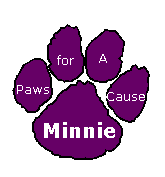In Memory Of... MINNIE
Sept. 7, 2001 - May 7, 2006

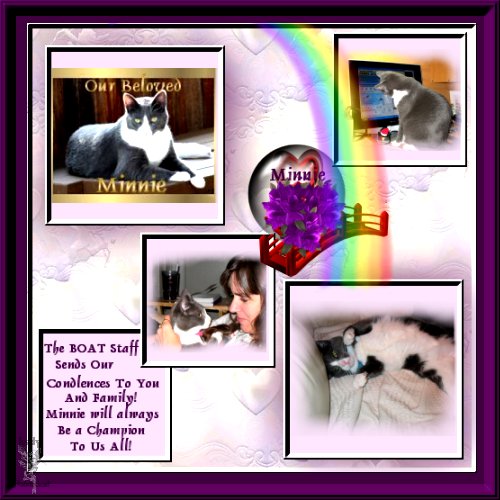
Created by: Helen at: Cottage Realm Pet Memorial Garden
May 9, 2006 ... Minnie unfortunately has crossed over the bridge.. Apparently she got into a fight with a wild animal possibly a coyote (from the looks of her wounds) ... she managed to get home.. then may have drowned in our pond, maybe trying to get a drink .. By me she will be dearly missed I was working so hard... her being feral, to get her wanting to be around me..
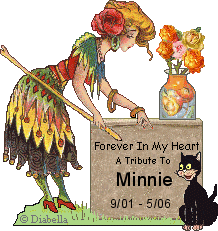

Pet Spirit Page Of The Week! Week of 5/18/2006
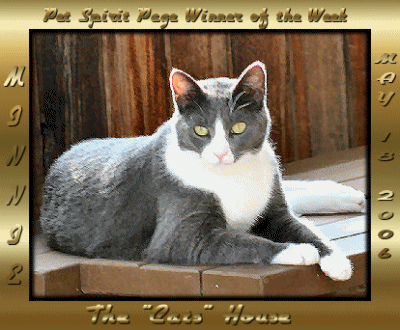
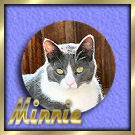

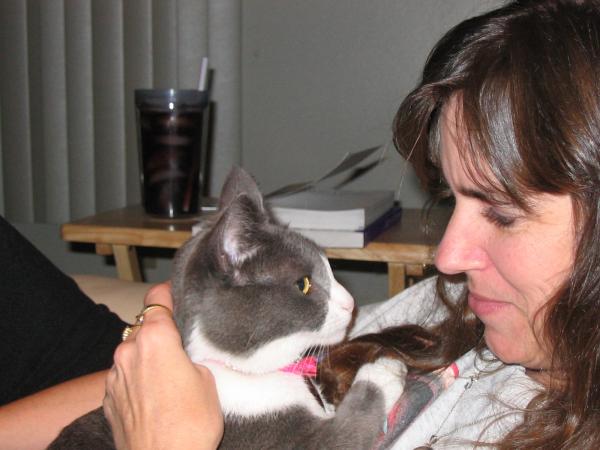

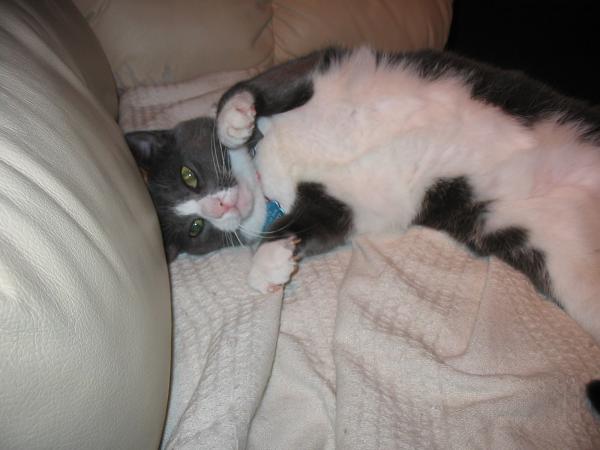
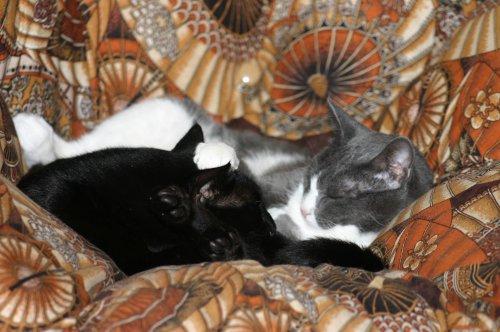
ahhhhh.....
Minnie even had a hobby.... Chatting while playing dominos



